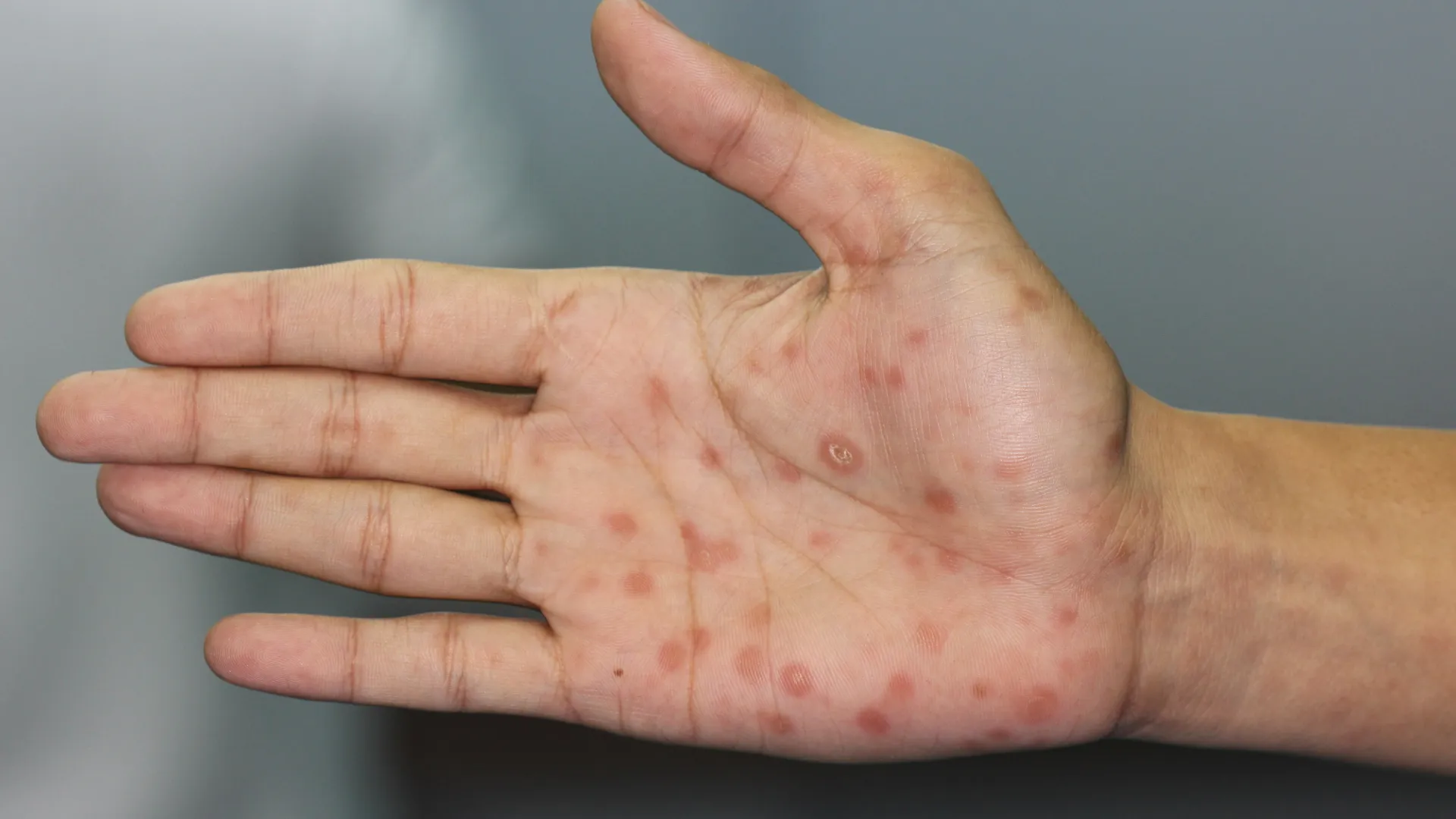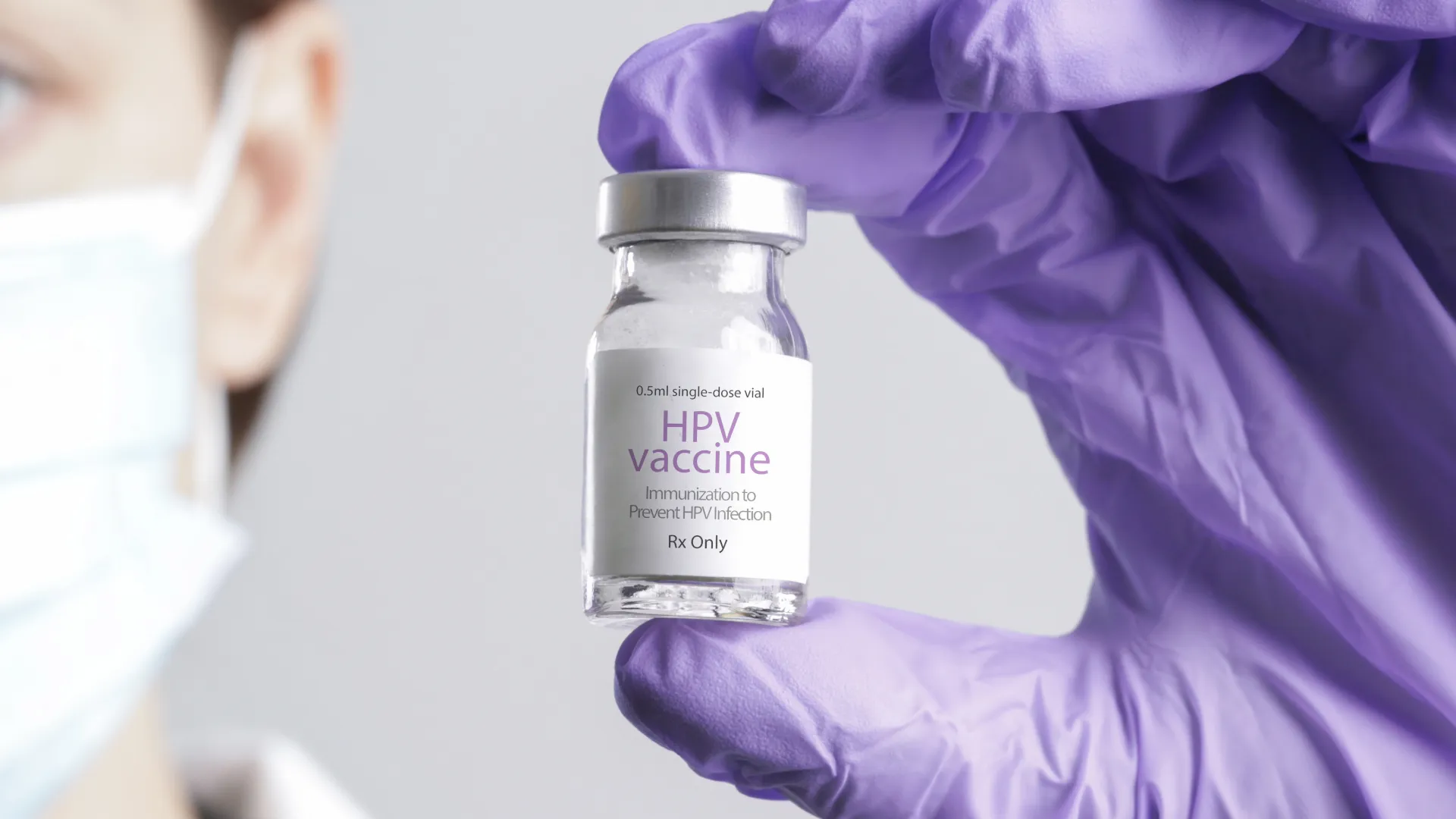Chlamydia trachomatis
Chlamydia trachomatis is a common sexually transmitted infection (STI) caused by a bacterium of the same name. It primarily affects the genitals, but can also impact the eyes, throat, and rectum. As one of the most prevalent STIs worldwide, awareness and understanding of Chlamydia trachomatis are essential for effective prevention, early diagnosis, and treatment.
Transmission
Chlamydia is transmitted through sexual contact (vaginal, anal and oral). It can also be passed from an infected mother to her newborn during childbirth, potentially leading to conjunctivitis or pneumonia in the infant.
Symptoms
Many patients with chlamydia do not exhibit symptoms, with approximately 50% of men and 80% of women remaining asymptomatic. For those who do experience symptoms, they typically appear 7 to 21 days after exposure and may include:
Women
- Abnormal Vaginal Discharge: An increase in discharge,
- Pelvic Pain: Discomfort in the lower abdomen, especially during intercourse.
- Dysuria:Pain or burning sensation during urination.
- Irregular Bleeding: Spotting between periods or after sex.
Men
- Urethral Discharge: A watery or cloudy discharge from the penis.
- Dysuria: Pain or burning sensation during urination.
- Pain or Swelling in the testicles.
In both genders
- Rectal Pain or Discharge
- Pharyngitis
- Chlamydial Conjunctivitis
Complications
If left untreated, Chlamydia can lead to serious complications.
Women
- Pelvic Inflammatory Disease (PID): A severe infection of the reproductive organs that can cause chronic pain and infertility.
- Ectopic Pregnancy
- Infertility
Men
- Epididymitis: Pain and swelling in the testicles.
- Prostatitis
Additionally, Chlamydia can increase the risk of contracting or transmitting HIV.
Diagnosis
Diagnosis of Chlamydia trachomatis is typically made through:
- Nucleic Acid Amplification Tests (NAATs): Highly sensitive tests that detect the genetic material of the bacterium.
- Urine Tests: Non-invasive and effective for screening.
- Swabs: Taken from the genital area, rectum or throat.
STI screening is recommended.
Treatment
Chlamydia is effectively treated with antibiotics.
It’s essential for sexual partners to also be tested and treated.
Patients are advised to abstain from sexual activity until treatment is completed and confirmed through follow-up testing.
Patients do not develop immunity and can be infected again.
Prevention
- Consistent Condom Use
- Regular Screening particularly for those at higher risk
Conclusion
Treating Chlamydia trachomatis is crucial for maintaining sexual health and preventing complications.

